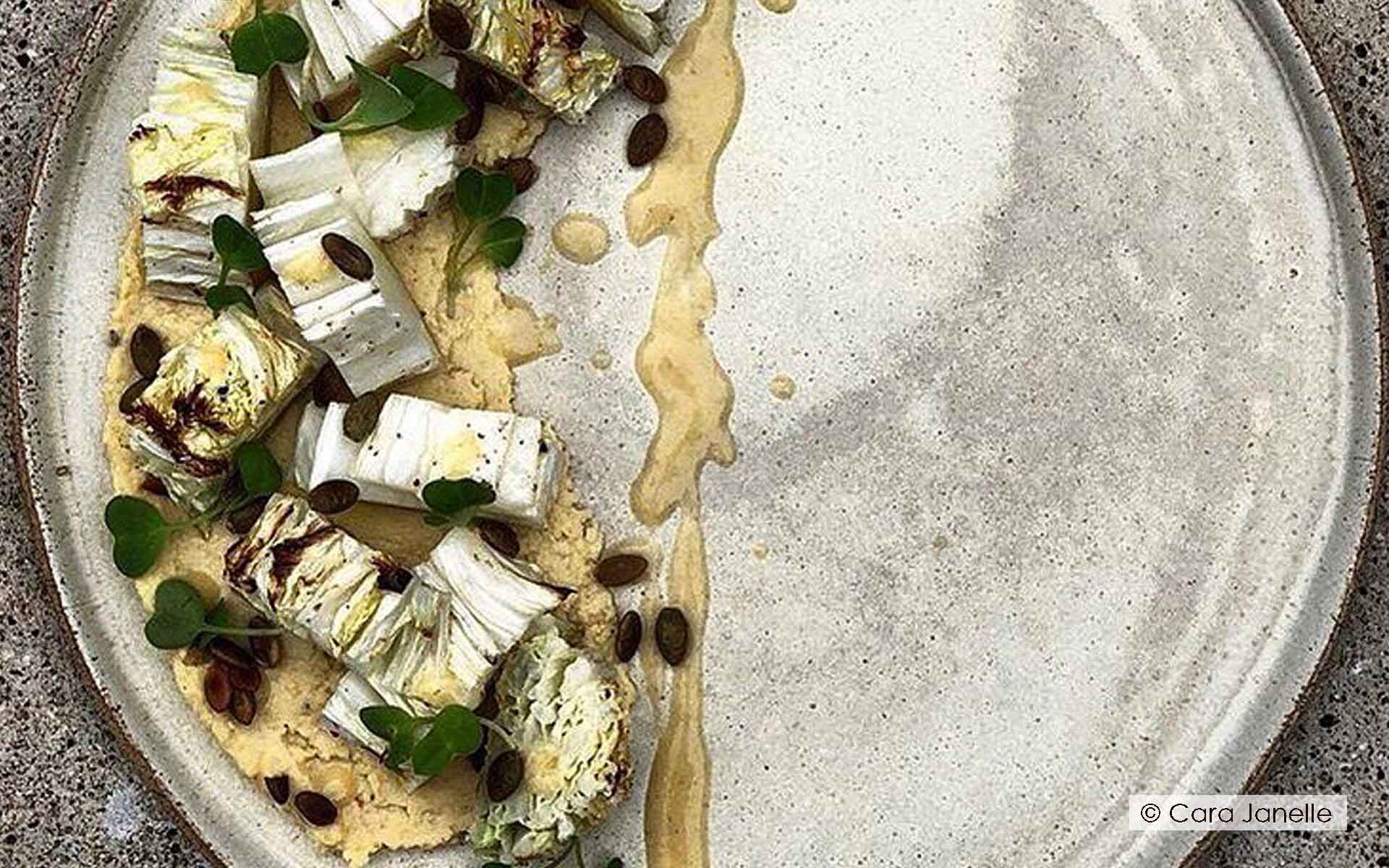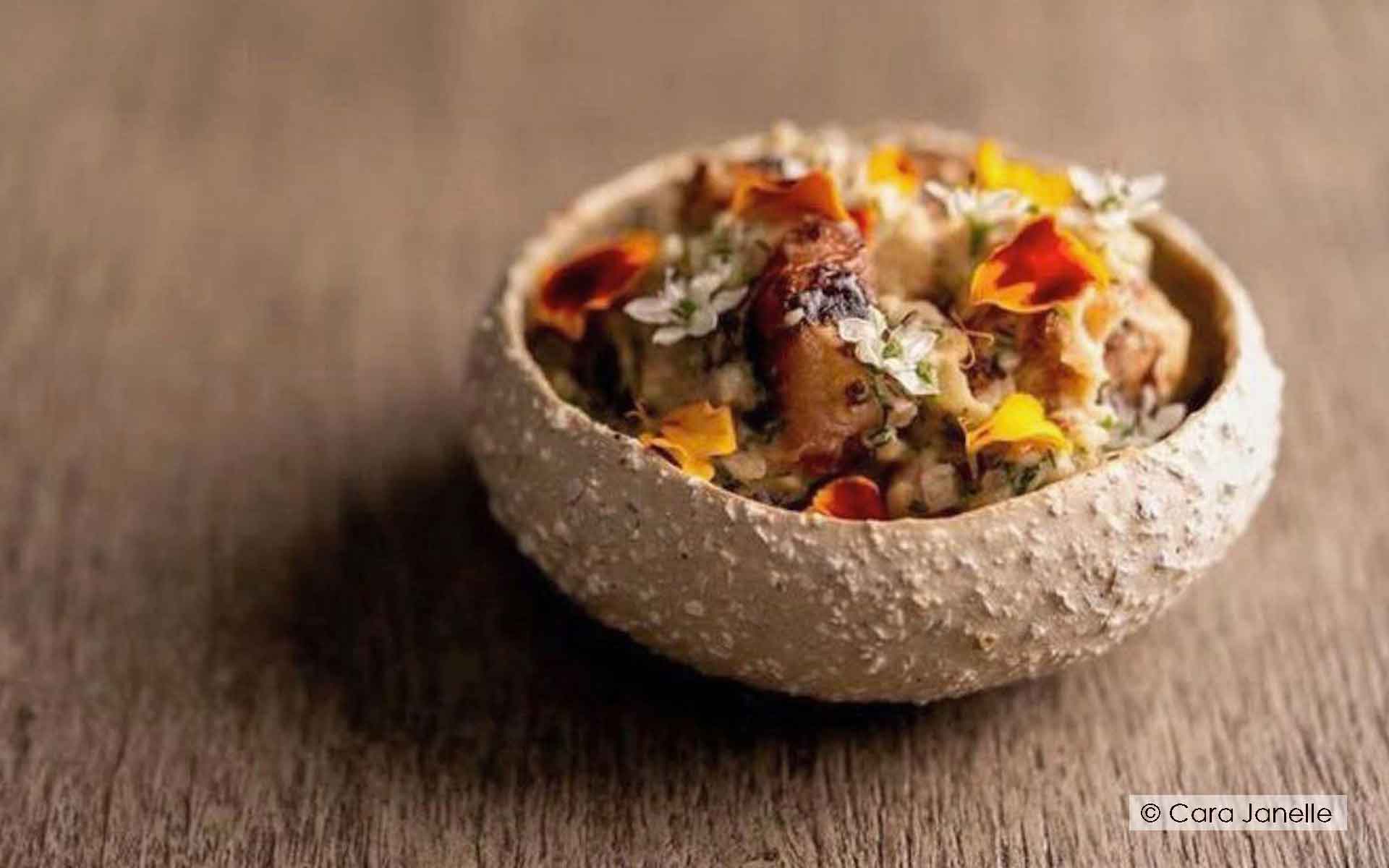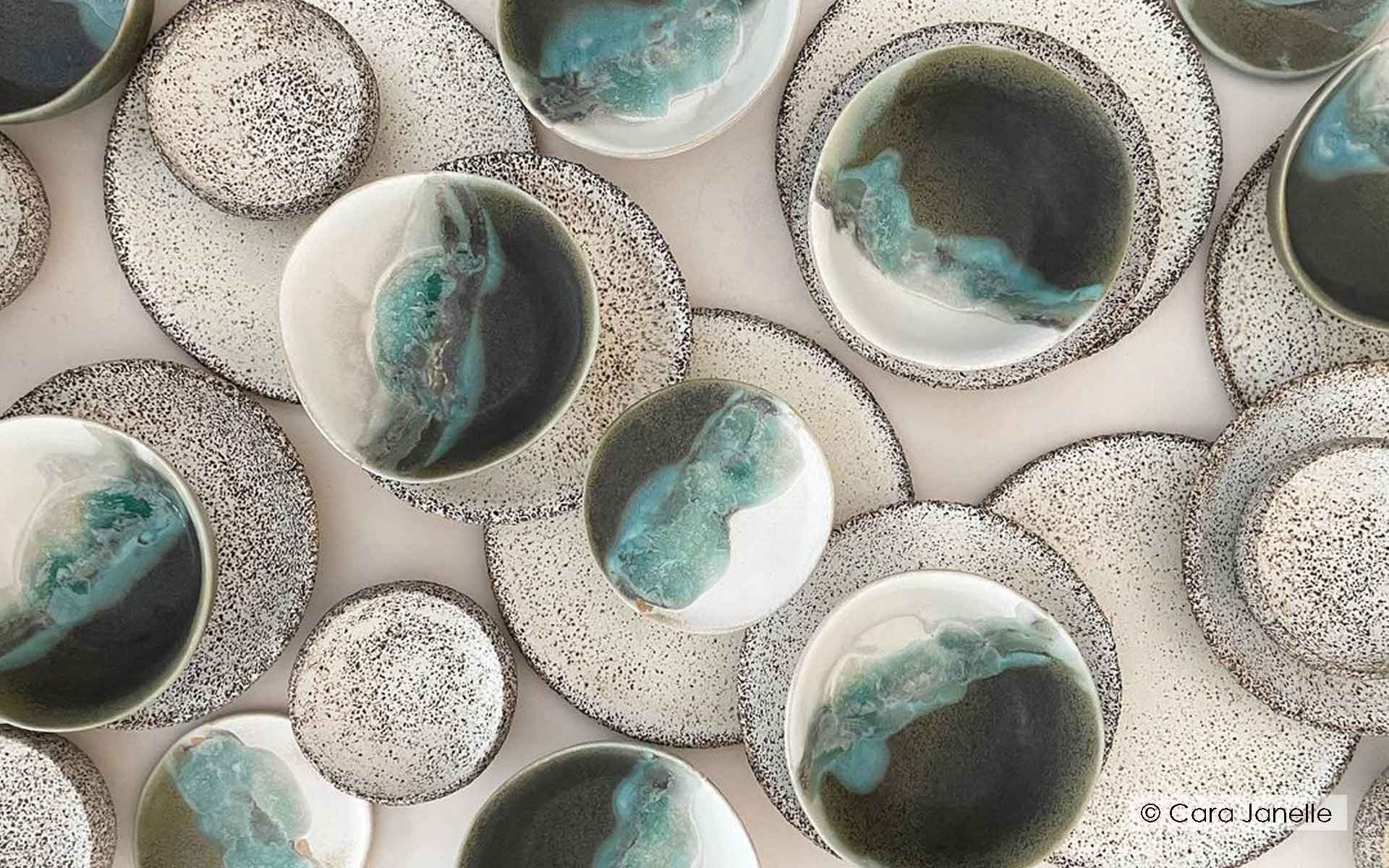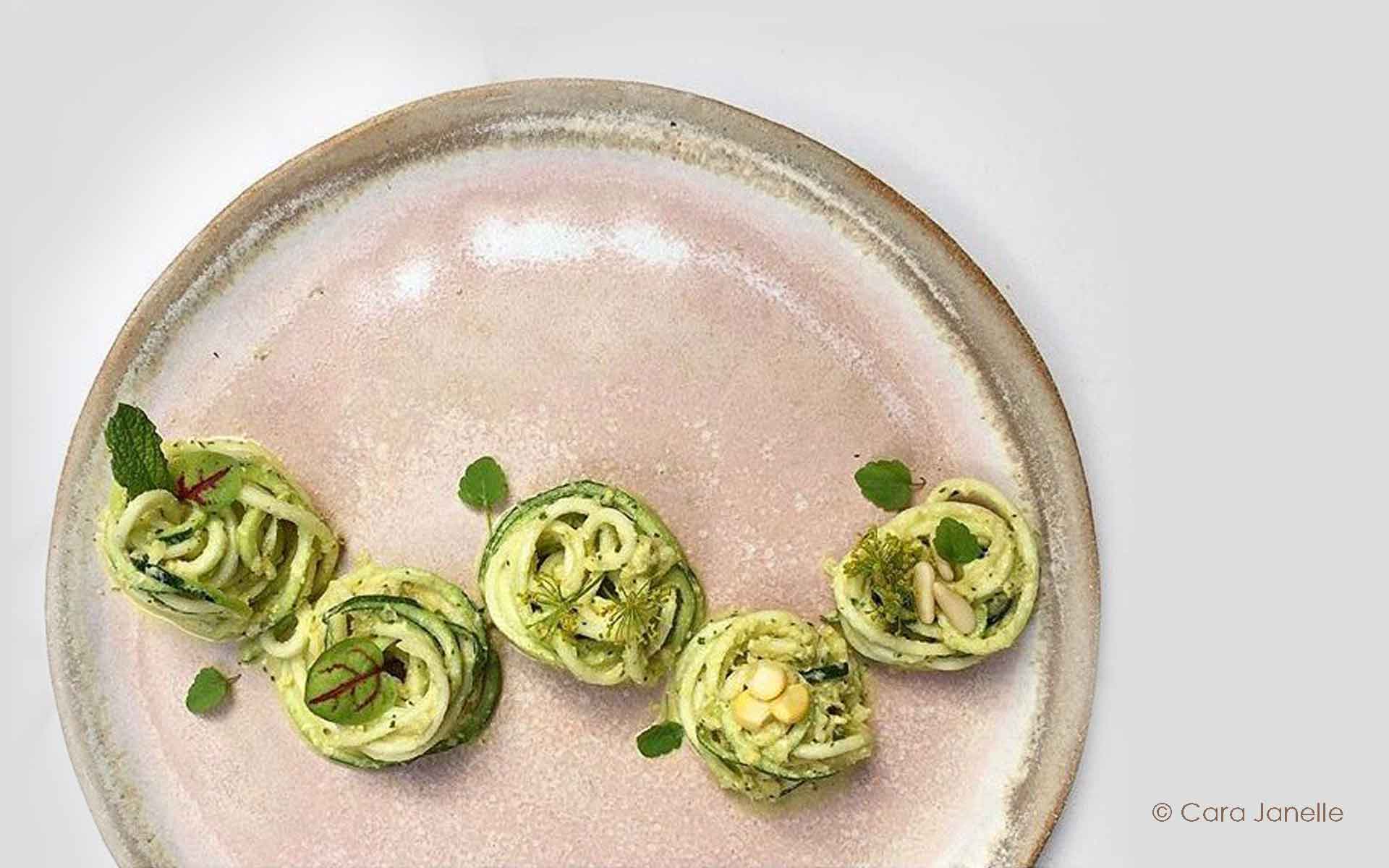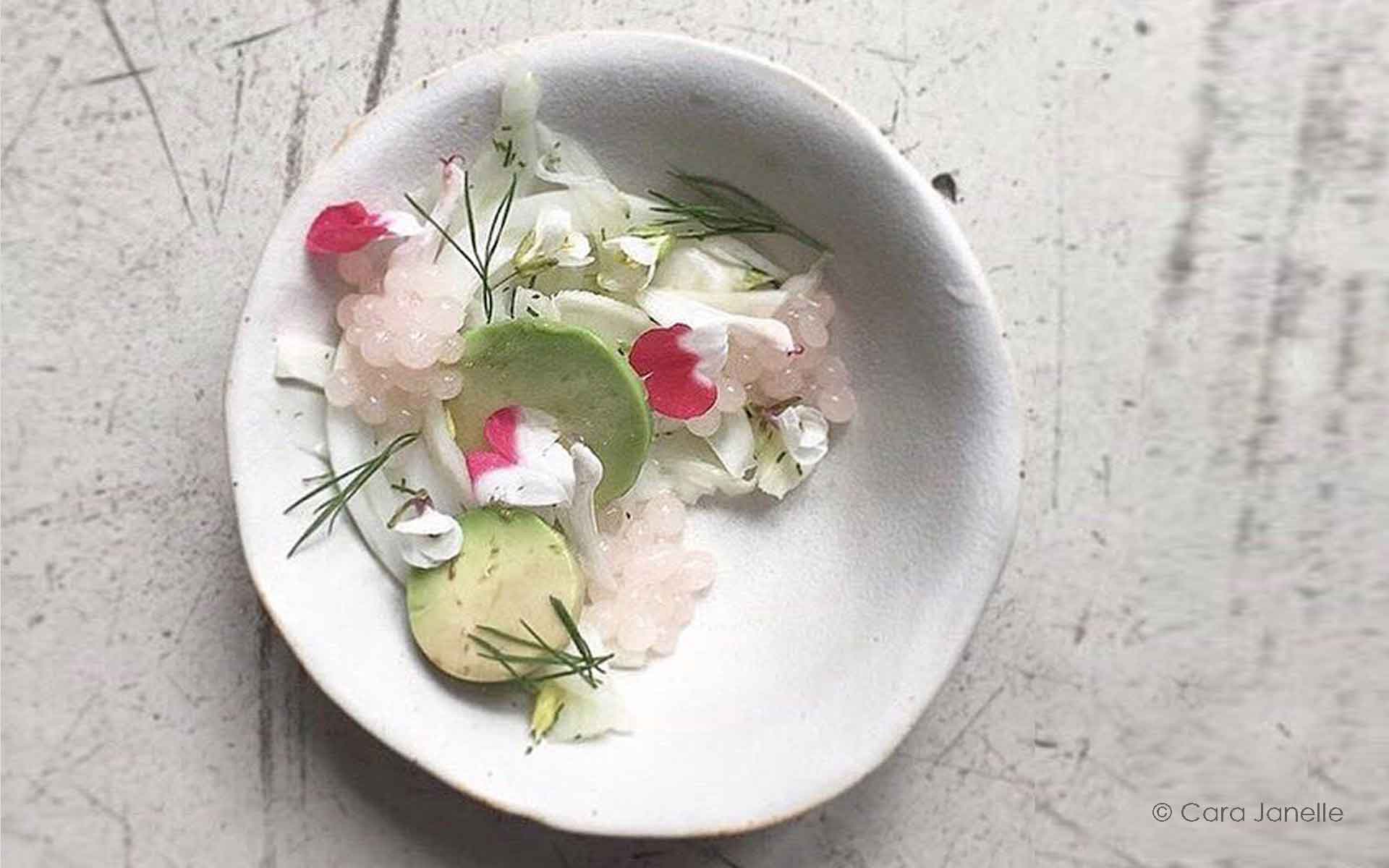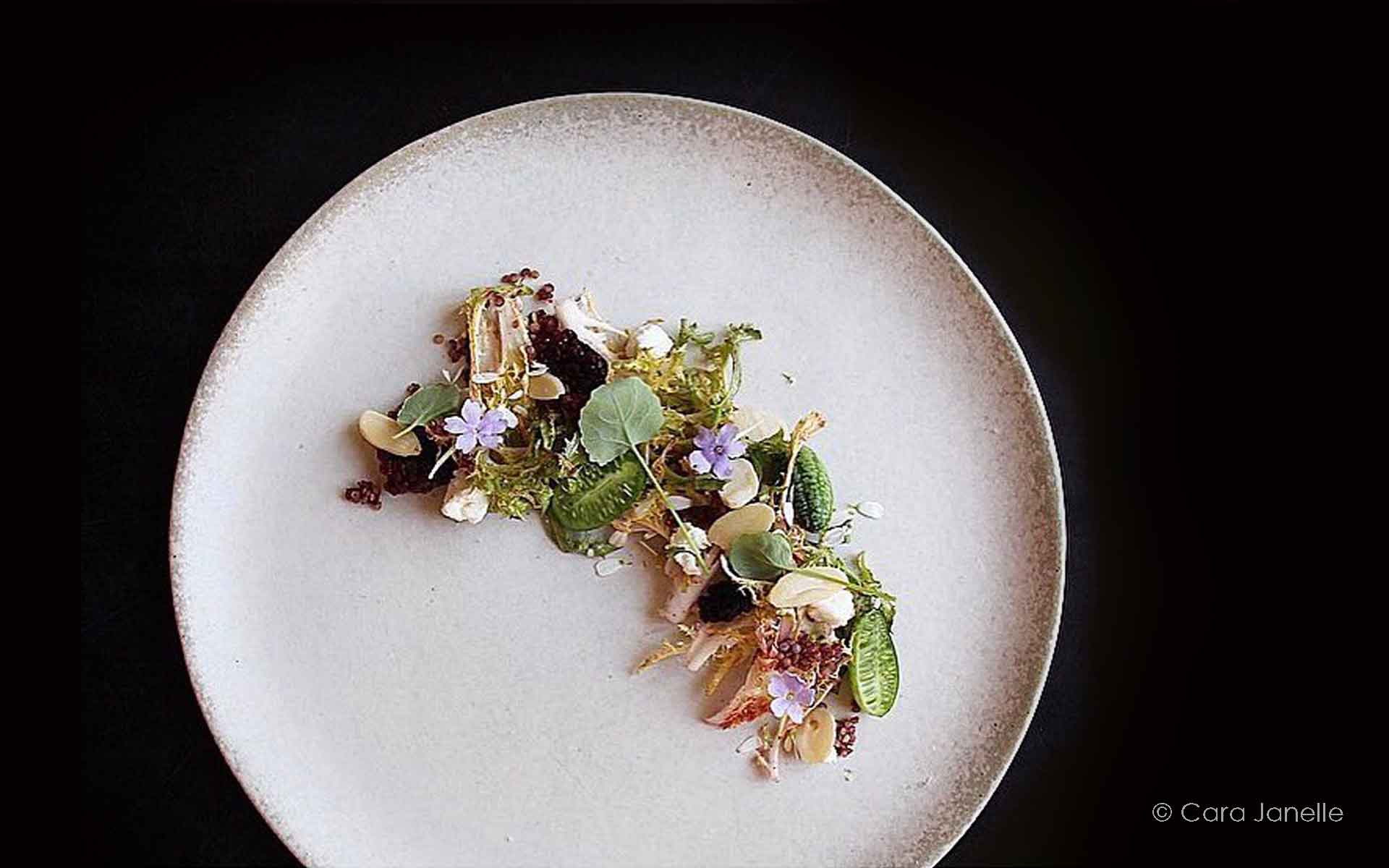
29 Jun The Psychology of Ceramics and Food
The psychology of ceramics and food is a big topic of interest in the world of art and science. Whether you are going to a trendy restaurant, or throwing a dinner party at home, the dinnerware performs a significant role in exciting the people at the table. The world of ceramics is wonderfully rich and infinitely changeable; the shape, size, texture and colour of our dinnerware influence how we interact with our food and even those around us. One can feel increased appetite, anticipation, curiosity all because of the dinnerware and the presentation of food. Experts in the culinary industry take a lot of time and preparation to plan the most effective dinnerware or their consumers. In essence, plates and other serving pieces are the core and centre of the dining experience – it is ‘step 1’.
Flavour Journal published a study in 2013 which helps us to understand the psychology of ceramics and food; the study explored whether perceived sweetness, quality, likability and flavour intensity could be enhanced or decreased based on the shape and colour of plates. Participants tasted the same cheesecake on four different plates: white round, white square, black round, black square. With the white round plate, participants rated the sweetness level as significantly higher than eating from a round black plate. The flavour intensity was rated extremely higher with white round plates, whilst white square plates and both black plates had a significantly lower intensity rating. This tells us that the combination of colour and shape is very important. There was a vast gap in the rating between white round and square plates, same colour, but different shape. Scientists behind the study theorise that the element of familiarity with the white plates and the novelty of the black plates may be an influential factor on the overall rating. I believe that the white plate acts as a blank canvas, allowing the art of cooking to take centre stage, this ‘clean’ presentation can highly influence the consumer’s perception of the quality of the food.
Meanwhile, ‘The Delboeuf Illusion’ is an optical illusion based on size perception. For example, If you take two pizzas of the same size and place one of them on a small plate and one on a much larger plate, our eyes will immediately perceive the pizza on the larger plate to be smaller in size. Therefore the ratio of food vs plate size can also have a huge impact on how much food we eat. Some scientists believe that using smaller plates can help people who are dieting to manage their food intake, tricking their brain into thinking that they have eaten enough food. To be precise, ‘consumers poured 9.9% more soup in larger bowls, and 8.2% less in smaller bowls’.
It is well known that the colour of our food has a strong impact on how we perceive flavour and taste. If you take a fruit juice made with yellow/orange fruits such as oranges, lemons, pineapples, the taster is more likely to accurately guess the flavour of the juice. However, when taking the same ingredients and adding a purple food dye, tasters are much less likely to guess the types of fruit. This is because our brains are trained in making colour associations with foods. With this research in mind, it is likely that the colour of our plates can alter the perceived taste and attraction towards the food.
I have a beautiful set of bowls made by Yifat, one of the artists at the 137° Ceramic Art Studio. Yifat experiments with colour and uses a variety of glazes; blue, green tones, as well as warmer oranges and browns. Whenever I use these bowls for my breakfast or lunch, I feel inspired to make my food more colourful and attractive. In the world of food, particularly fruit and vegetables, variety in colour signifies variety in nutrients and vitamins. Therefore, psychologically, I believe these ceramic bowls are playing a positive role in my daily habits. I can believe that the novelty of new, colourful dinnerware can influence your food choices.
Cara Janelle is a designer and ceramicist based in Barcelona. Her handmade collections of plates, bowls and other dinnerware ceramics are inspired by nature, displaying beautiful colour palettes, textures and forms that bring strength and tranquility to any dining table. Check out her Instagram to discover more.
Perhaps the shape and size of ceramics can change the dining experience when eating within a group of people. The prominence of casual dining, characteristic of multiple tapas dishes and large sharing platters work well for multiple people who all want to share and try different dishes. In this case, plates work better over deep bowls, because bowls tend to hide food inside and aren’t the most accessible. The size of the plates will also create a perception of whether there is plenty of food to go around, this depends on the ratio of plate size to the amount of food.
No matter how much time and preparation you put into your food, one can always enhance the dining experience by understanding these psychological theories regarding colour and shape. The psychology of ceramics and food leaves much to be researched and discovered, yet as artists, we tend to have a powerful instinct when it comes to our creations. We don’t need a scientist, or a culinary expert to validate our plates and bowls, as the creators, we simply feel what works and what doesn’t.
The ongoing ceramic classes at 137° Ceramic Art Studio allow you to design, build and decorate your ceramic pieces on a weekly basis. You will have access to specialist tools and equipment, including glazes and coloured slips to fully customise your work!
Written by Freya Saleh


